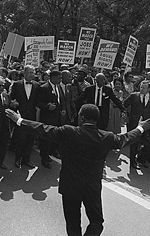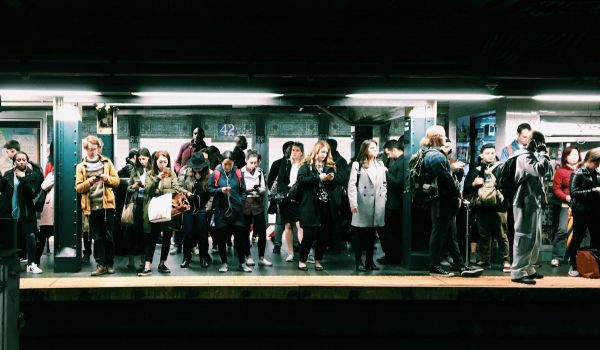Visiting Washington D.C. a year ago, a friend and I rode the bus through some of the city’s most neglected neighborhoods. As I looked out of the window, I noticed abandoned construction peppering the sides of unkept roads tucked away on empty lots between tenement buildings. The bus toured chain-link fences that sever parks and school yards from the world’s ills and a flood of McDonald’s to-go cups.
I’d ended up on this bus after visiting the Kenilworth Aquatic Gardens, located in the very edge of southeastern D.C. From the capital city’s pristine Neoclassical downtown to the decaying neighborhoods less than five miles away, we had to transfer from a train to two different buses. I asked my friend how connected the D.C. mass transit system was, and she told me how convenient the Metro and bus systems are for people working downtown. “But nobody ever comes out here,” she said, referring to the abject streets we passed.
Not far away, in a sleeply little harbor town named Baltimore, the same divisions exist. The obnoxiously-bland commercial amusement park of the inner harbor caters to America’s boring tourists – easily impressed with a bigger Barnes and Nobles. Unfortunately, these chasms are an indictive quality of our major cities. While urban dreamers paint pictures of walkable inner city areas and green wonderlands, the dreams of Martin Luther King get pushed aside and locked behind decaying infrastructure. Camden, New Jersey, a city desperate for attention and in need of community support, is literally imprisioned by Philadelphia’s bridges—Walt Whitman to the south and Ben Franklin to the north. These physical boundaries of infrastructure continue to serve and strengthen psychological separations between economic and cultural groups. Heroes like King died in an effort to challenge these divisions.
As we slip into a new era of politics—one that could very well be led by the first biracial or female president—we must have the courage to address these boundaries. There are bridges and fences that cannot be demolished in a day, but there are other ways to connect our communities and at least shorten the distance between unique groups of people. We can look at the arts community for inspiration—artists are often on the front lines of mixing genres. Next in line should be education. Let’s bring our children to the same libraries and playgrounds.
And what happens if we give into guilt and fear? How many times have we been told to avoid a certain area because of our race? While making preparations to engage with Camden’s religious communities for a freelance story, I had several friends tell me to “be careful.” Anyone who understands the crime rate in Camden would be more than justified to give me that advice, but there’s some important issues that we’re missing. Why should I be afraid? Shouldn’t I brave the threats of being attacked for my race or economic standing? Isn’t that what activists like Martin Luther King did 40 years ago? We expect minorities to feel safe and protected in our cuddled, bourgeois uptowns and university cities, but are these expectations based on a one-sided view of our own sheltered culture? If I came from poverty, would I feel safe in the center of a city or should I be too worried that the people around me were thinking of ways to segregate and remove me from the area in consideration of land value?
I would be wrong to feel that way, just as it is wrong to assume that I can’t go to an evangelical church in Camden because of my race. We must be brave.
















